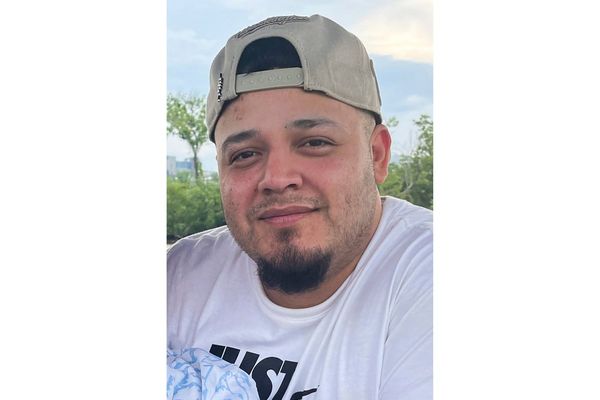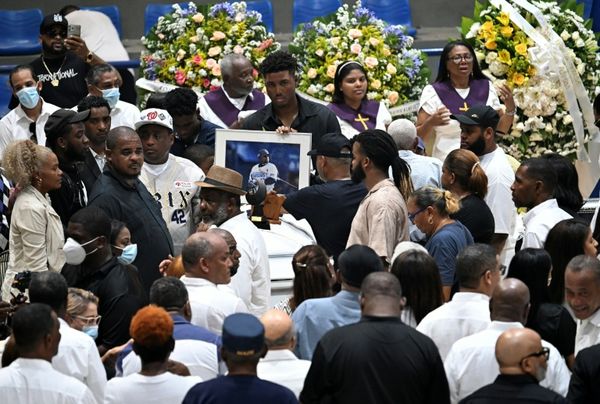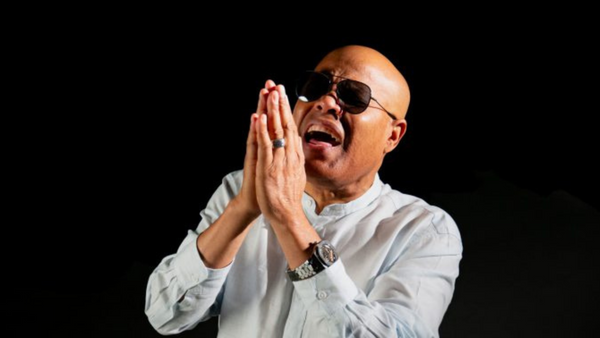
Hunters would be banned from killing kangaroos in all Melbourne metropolitan areas from 2025, under a proposed overhaul of Victoria’s commercial culling program.
A plan by the state’s Department of Energy, Environment and Climate Action for kangaroo harvesting between 2024 and 2028 proposes excluding 10 council areas across the urban ring of Melbourne due to reduced kangaroo populations and urban sprawl. The proposal was first reported by the Herald Sun.
Commercial harvesting of kangaroos is used for human and animal consumption. Under the plan the 10 councils to be excluded are Brimbank, Cardinia, Casey, Hobsons Bay, Hume, Melton, Mornington Peninsula, Nillumbik, Whittlesea and Wyndham. Mornington, Nillumbik and Mount Alexander Shire councils had lobbied the state to be excluded from the culling regions. But Mount Alexandra would still be included under the proposal.
Lisa Palma, the chief executive of Wildlife Victoria, said the practice was “deeply unpopular with the public”.
“Nobody wants people shooting our wildlife in their back yard. Concerned community members often contact us very distressed about it,” she told Guardian Australia.
Palma said since the kangaroo harvesting program began in 2019, Wildlife Victoria had reported 55% increase in eastern grey kangaroos called into its emergency response services.
“They’ve suffered horrific gunshot wounds and a lot of them are still alive,” she said.
“It’s incredibly distressing for our volunteers and vets being confronted with the horrifically injured kangaroos and having to end their lives.”
Wildlife Victoria has also reported a 500% increase in orphaned joeys, which Palma said were “considered a byproduct of the industry”.
“We’re very concerned about the kangaroo management program from a wildlife welfare perspective,” Palma said.
She said kangaroos, which are soft-footed, also play an important role in propagating native grasses and supporting soil health.
Under the plan, commercial hunting will remain permitted in 47 regional councils in northern and western Victoria. The annual quota for commercial hunting in 2023 is 166,750 eastern and western grey kangaroos.
Quotas must be less than 10% of the state’s estimated grey kangaroo population, combined with estimated numbers permitted to be killed by landowners to control wildlife on their property.
The exclusions do not impact on authorisation to control wildlife, where a property owner can apply for permission to kill wildlife if it poses a threat to human safety or could damage property, farmland or the environment.
The kangaroo harvesting program is designed to ensure the sustainability of the native animal’s population, help landholders reduce issues caused by kangaroos on farms, make use of carcasses and provide an income for trained harvesters.
‘Distressing and nonsensical’
The upper house Victorian Greens MP Aiv Puglielli, whose electorate includes Nillumbik, pushed for the area to be excluded from kangaroo culling. He said the proposal was a “step in the right direction”.
“We already see so many kangaroos and joeys being killed by cars. We already see such loss of life on our roads to wildlife. So the idea that we would be commercially killing these kangaroos, often in quite brutal ways, out in the communities is, to many, quite distressing and nonsensical.”
Puglielli called for the commercial killing of kangaroos to be banned across Victoria.
Earlier this year, the Kangaroo Industries Associations of Australia defended the practice amid debates in the US to ban products from the native animal.
At the time, its executive officer, Dennis King, criticised activists for spreading false narratives.
“There’s a lot of misinformation being put out … about the way we treat the animals,” King told the ABC in February.
Two years earlier, amid protests of the killing of kangaroos in the Mornington Peninsula, the KIAA’s president Ray Borda told the Age: “No one likes the idea of killing an animal.”
“But when they investigate, they will see kangaroos live a long life, they are in their natural habitat when they are killed and they are in abundance. We have nothing to hide.”
A spokesperson for the Department of Energy, Environment and Climate Action said kangaroo populations can have “significant effects on Victoria’s environment”.
“It is necessary to control their population in a sustainable and humane way,” the spokesperson said.
“The Kangaroo Harvesting Management Plan sets the objectives and requirements for kangaroo harvesting in Victoria’s seven harvest zones. Harvesting must be ecologically sustainable, humane, and only undertaken by authorised people.
“Victoria takes a conservative approach when setting maximum kangaroo control levels at no more than 10% of the population each year – we will continue to carefully consider the research and population modelling to determine future levels.”
The department’s proposed kangaroo harvest management plan is open for submissions until 4 December.







